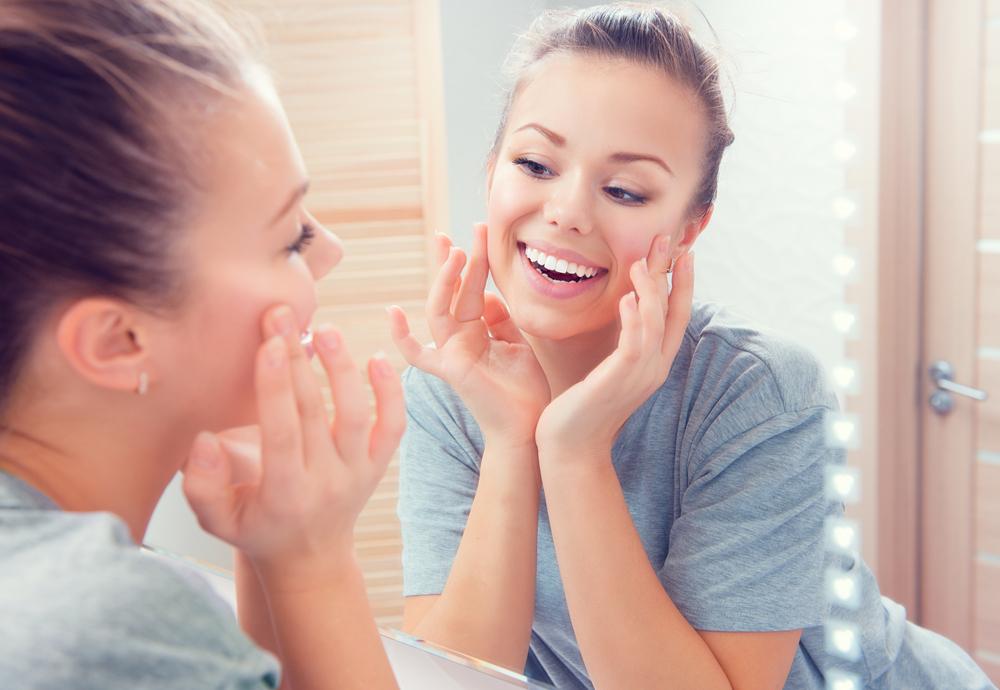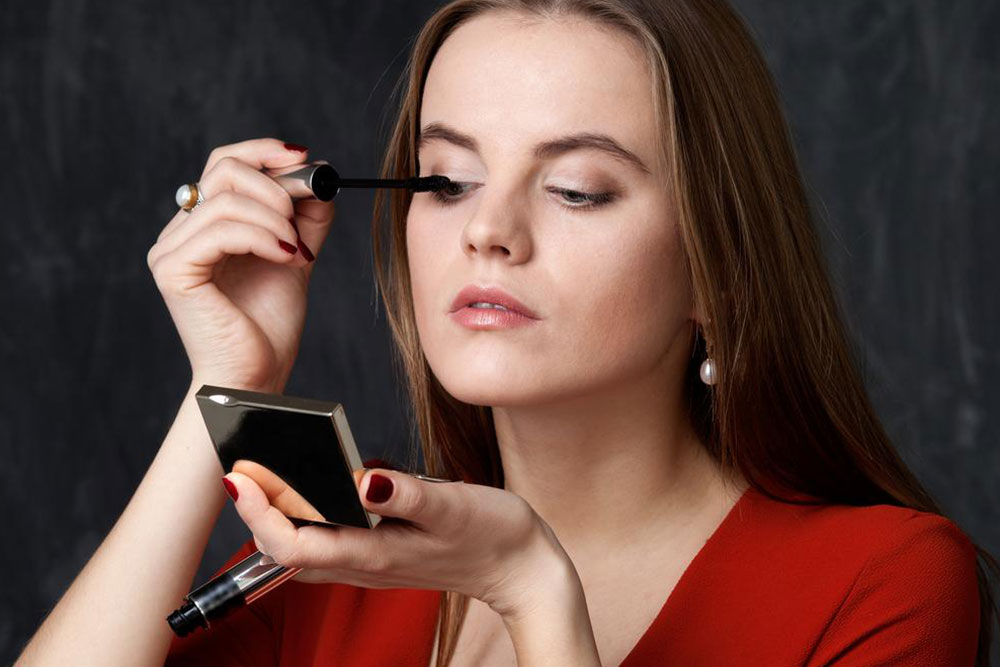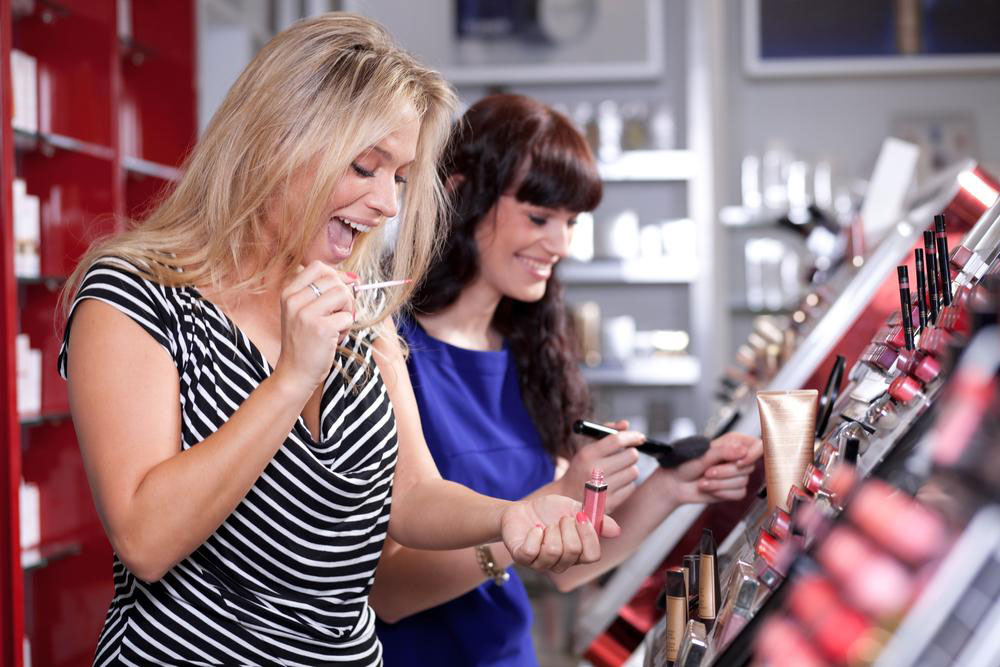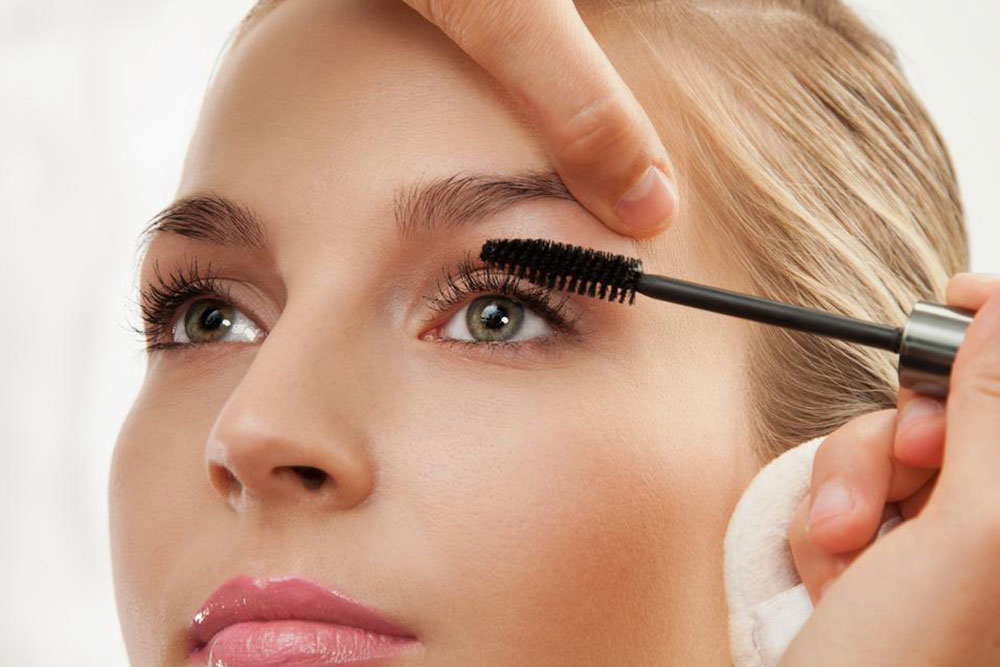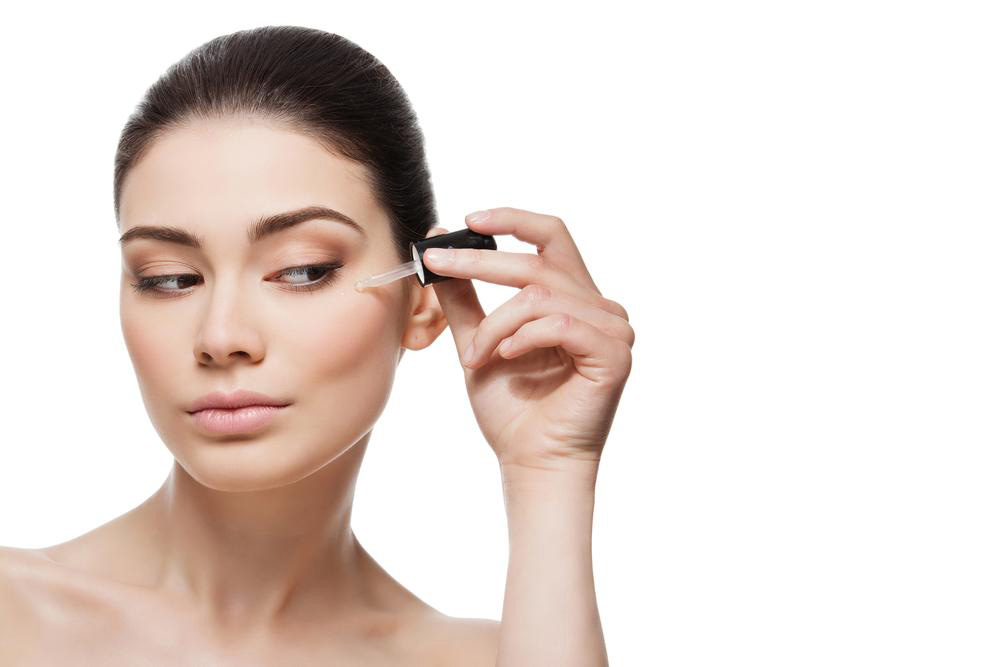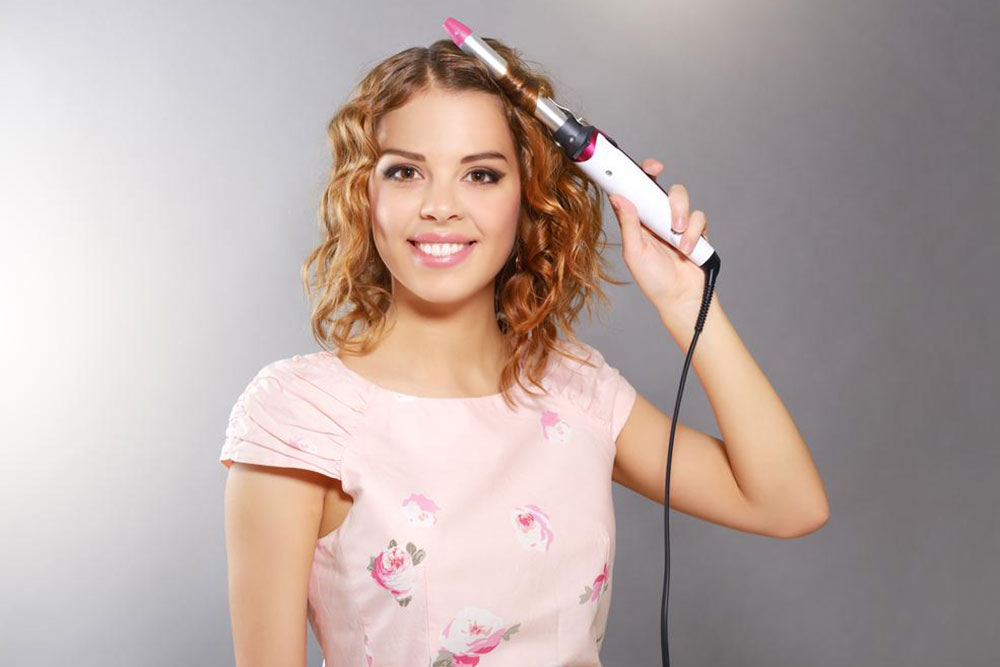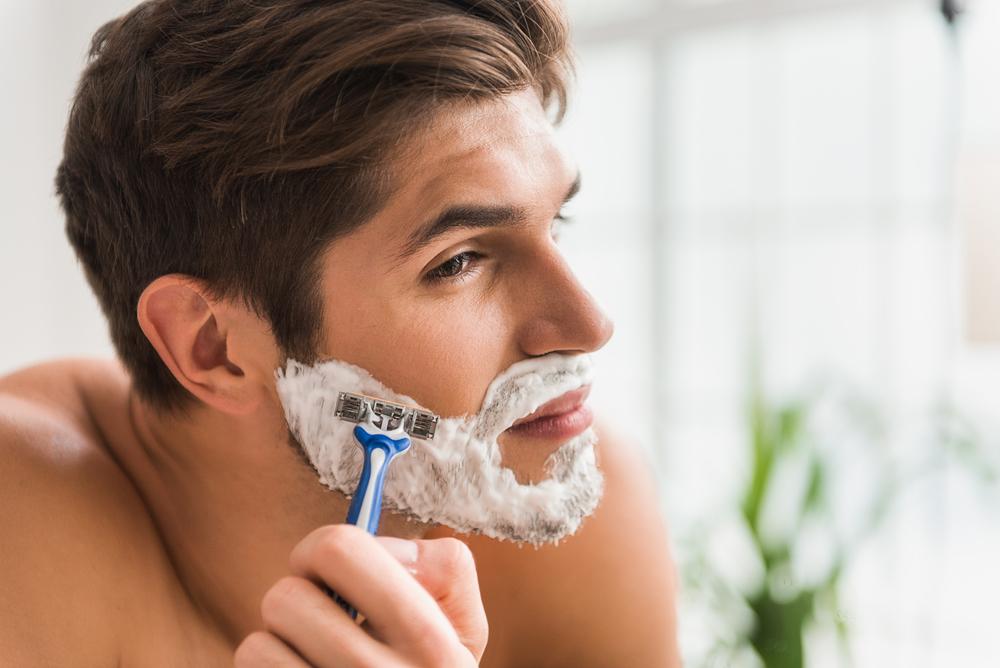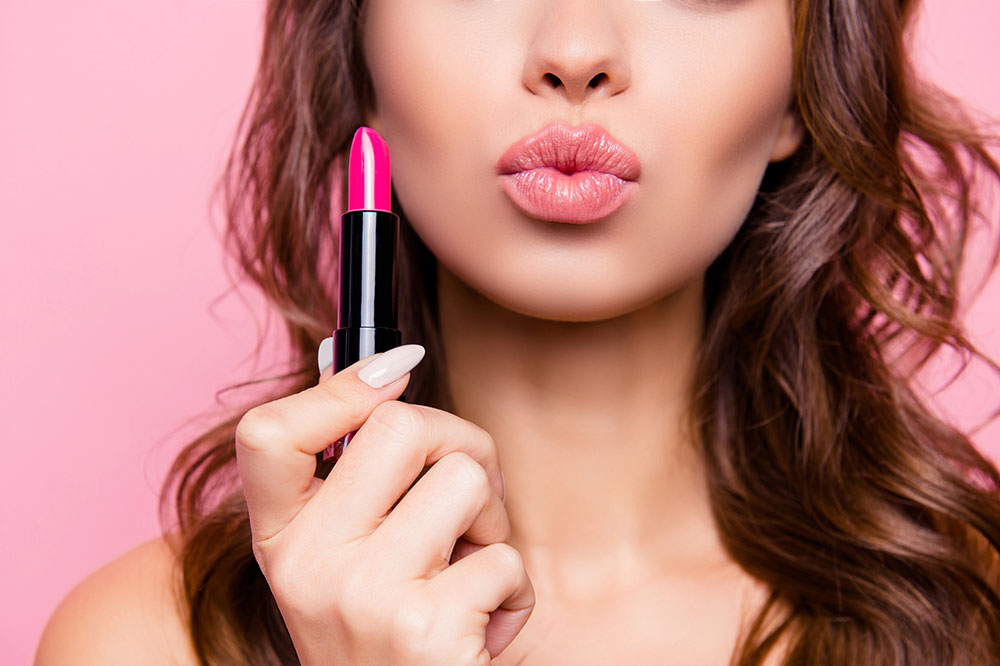Top 6 Key Ingredients Used in Lipstick Production
Explore the key ingredients used in lipstick manufacturing, including waxes, oils, shea butter, preservatives, pigments, and fragrances. Understanding these components helps consumers make informed choices about their lip products, ensuring safety and quality. The article highlights how major ingredients impact lipstick texture, color, and longevity. It also emphasizes the importance of choosing brands that meet safety standards. Whether for everyday use or special occasions, knowing what goes into your lipstick can enhance your beauty routine and ensure healthier lips.
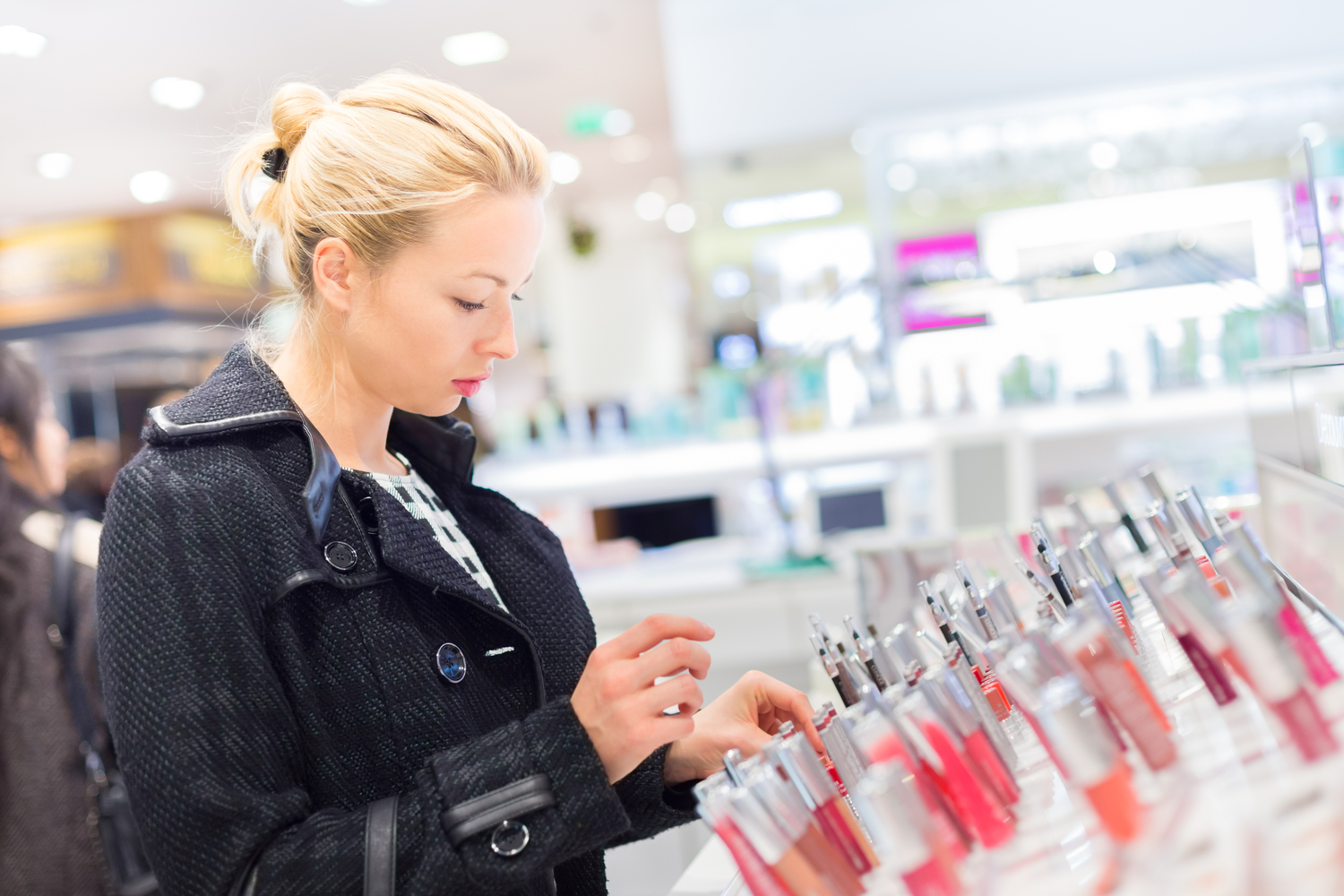
Most makeup kits worldwide feature at least one lipstick, a beauty staple that dates back nearly 4000 years to ancient Egypt. Originally a luxury for the elite, lipstick has become a daily essential for women across all social classes. As popularity grows, cosmetic brands continuously innovate with new shades, styles, and textures.
Ever wondered what materials go into making your favorite lipstick? Here are six core ingredients essential to its formulation:
Waxes
Waxes form the core structure of lipstick, providing shape and stability. Common types include beeswax, candelilla, carnauba, and ozokerite. Vegan brands often prefer candelilla over beeswax, which nourishes lips naturally, while carnauba, derived from Brazilian palm, is valued for its high melting point.
Oils and Fats
These serve as a smooth application medium, easing the spreading of wax while preventing melting. Typical options include mineral oil, lanolin, castor oil, and vegetable oils. They are usually naturally refined for safety and effectiveness.
Shea Butter
A popular hydrating agent, shea butter keeps lips soft and moisturized, making it a common component in lip products.
Preservatives
Added to extend shelf life and prevent product degradation, preservatives and antioxidants are key. It's important that these are organic and safe, with formulations tailored to specific lipstick types.
Pigments
Responsible for the color, pigments range from reds, pinks, and peaches to purple and black shades. Reputable brands ensure pigments meet safety standards set by authorities like the FDA, avoiding allergens like carmine.
Fragrance
To mask the sometimes unpleasant smell of other ingredients, fragrances are added. Many organic brands extract fragrances from natural sources to maintain purity and safety.
Note: Always check ingredient lists for safety certifications, especially regarding pigments and preservatives. Reliable brands adhere to strict regulations to ensure safe and effective lip products.


